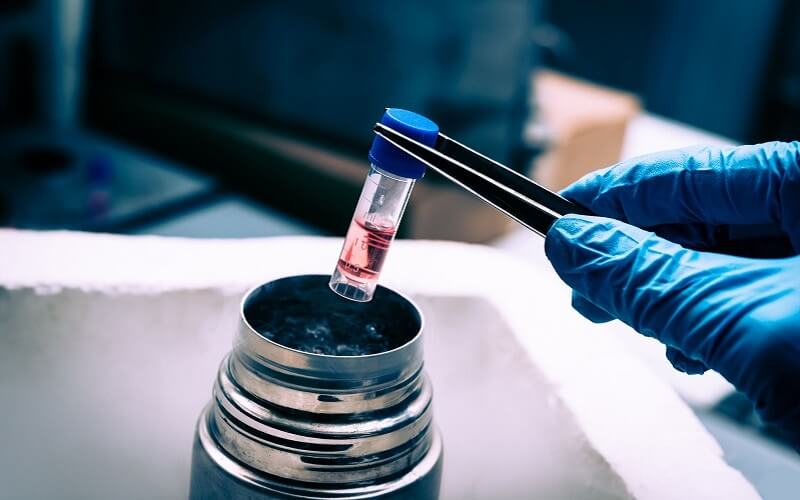Breast Research

Support breast cancer research
We are currently seeking donations for breast cancer research via the Royal Free Charity. All support is greatly appreciated.
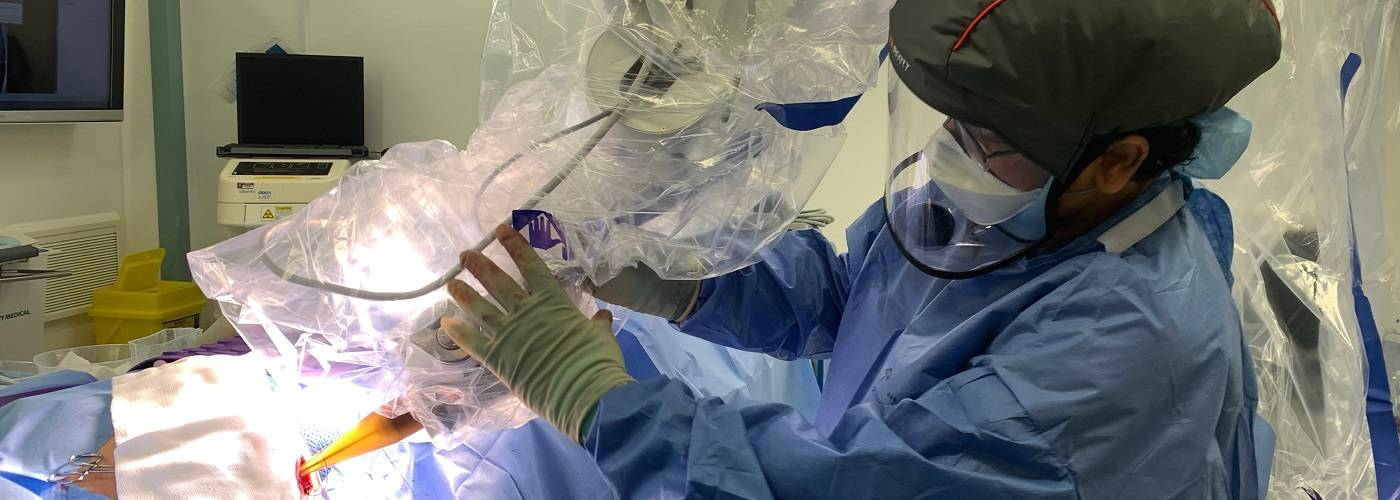
REF 2021 Highlight: Single-dose radiotherapy transforms breast cancer patient care
Our clinicians have transformed breast cancer care by developing a single-dose radiotherapy treatment to be delivered in the same operation as tumour surgery.

What actually happens during a mammogram?
Debashis Ghosh, consultant breast and oncoplastic surgeon, describes what happens during a mammogram as part of a combined effort to reduce the number of missed appointments.

UCL oncoplastic surgeon named Outstanding Young Person 2020
Dr Jajini Varghese has been named an 'Outstanding Young Person of the World 2020' by a non-profit NGO for "incredible" scientific contributions to diagnosing and treating breast cancer.
Our work
- Prediction and Risk Stratification of Breast Cancer
IBGP: International Breast Genome Project, a pioneering breast cancer genomics programme with global reach. This is collaborative research with National Cancer Institute, USA, and University of Cambridge.
Research into the inherited risk of breast cancer could revolutionise care.
It lays the groundwork for personalised medicine, where clinicians could use individualised information about a patient’s risks of developing breast cancer to create prevention programmes and treatment options for their unique genetic make-up. Such progress will maximise the safety and efficacy of breast cancer treatment, vitally improving patient outcomes.
Worryingly, global populations of women could be left behind. To date, research has mostly focused on data from patients of European heritage. Since this data informs treatment, innovations in care have been Eurocentric in focus. They have not considered the unique risk factors, nor the way breast cancer presents itself, in women from different ethnic groups.
The IBGP project aims to solve this problem through building a collaborative global platform for germline and tumour genomic studies of breast cancer. It combines data for women with multi-ethnic origins to provide reliable assessments of population-specific risks.
Data protection laws have so far made it impossible to obtain patient samples from some of these countries. Through innovative collaboration, this initiative could play a vital role in closing this gap. Recruiting RFL patients of multi-ethnic heritage into this research project would supply globally significant data.
Funders
Genotyping was funded through NCI and performed at the University of Cambridge until December 2022.
Data collection was funded by the Mukul Madhav Foundation, Royal Free Charity and the 'Goldman Sachs Gives' grants. On-going discussion with Diverse Data Division of Genomics England to collaborate.
Contact
To collaborate / volunteer or support this initiative, please contact:
- Minimal ablation of breast cancers using Photodynamic Therapy - MAP Breast Cancer
Although breast cancer management is multi-modal, surgical excision is still the principal treatment. This is associated with permanent scarring and breast deformity as well as the risks of general anaesthetic. New technology now anticipates a future where surgical excision is replaced by minimal-access ablation of some tumours under local anaesthetic, in an out-patient setting.
Photodynamic therapy (PDT) is an established therapy for certain types of superficial cancers such as skin cancer. PDT uses light from a laser to activate a drug, Verteporfin, which has been injected into the bloodstream, to destroy cancer cells. The light causes the photosensitizing drug to react with oxygen in the tissue to produce an active form of oxygen which causes cell death in the targeted area. Neither the photosensitizer nor the light or tissue oxygen exert any effect until they are combined.
Our team has trialled the use of image-guided photodynamic therapy in breast, which has established the safety and effectiveness. However, for this to replace surgery, we need a reliable technique that can tell us exactly how much of the malignant tumour has been destroyed with the PDT treatment.
The key aspect of our research is developing non-invasive techniques to confirm that the treatment has led to complete tumour cell kill. In this study, the extent of necrosis estimated through planned light distributions will be correlated with conventional imaging, MRI and US, and histopathology examination of treated tissue. There will be considerable variation in the estimated light dose required at each point within the tumour, but the aim is to determine the minimum dose required at each point for reliable necrosis.
Together, we hope to predict tumour destruction reliably.
Sponsor & Funder
Spectracure AB, Sweden
Principal Investigators
- Breast cancer tumouroid
UCL scientists are working with clinicians to develop breakthrough advances in breast cancer treatments.
The team manufacture 3D cancer cultures in the laboratory called Tumouroids.
Tumouroids are tissue that is precisely engineered to allows manipulation of the different cells and elements. They are also compressed to a stiffness similar to tumours, to represent the biophysical forces found within the tissue. This makes them a unique model, and one of the most sophisticated and representative models of cancer in the field.
Tumouroids mimic the architecture and microenvironment of solid cancers (tumours), by embedding a cancer “compartment” into a connective tissue compartment, all within a collagen matrix. The connective tissue is populated by non-cancer cells, such as fibroblasts, endothelial cells, and immune cells to represent the different cell types within a tumour.
The team have investigated several cancer types using tumouroids, including breast, ovarian, colorectal, kidney and prostate. Currently, we are studying how different stroma composition / density impacts breast cancer invasion in a 3D tumouroid.Leading investigators
- Early detection
The EMBED Study: Early Markers for Breast Cancer Detection is organised by the University of Cambridge and funded by Cancer Research UK.
The EMBED study aims to set up a prospective cohort study of women at increased risk of developing breast cancer, to look for blood-markers that would enable an earlier diagnosis of the disease.
Exciting progress has been made towards the ability to detect cancer minimally invasively using circulation tumour DNA (ctDNA). ctDNA is released into the blood from tumour cells through apoptosis, necrosis, and secretion.
The main aim of the EMBED study is to establish a new cohort of women at an increased risk of breast cancer. We will collect specimens and associated clinical data to allow assessment of integrated methods across a wide range of risk groups. We will follow up annually with these women to establish a resource of serial blood samples and mammogram images.
PI
- De-escalation surgical trials
ATNEC: Axillary management in T1-3N1M0 breast cancer patients with needle biopsy proven nodal metastases at presentation after neoadjuvant chemotherapy.
ATNEC is a phase III, open, randomised, multicentre trial comparing standard axillary treatment (either axillary lymph node dissection [ALND] or axillary radiotherapy [ART]) with no axillary treatment post-surgery in early stage (T1-3N1M0) breast cancer patients.
Currently, the presence of axillary lymph node metastases on needle biopsy, prior to neoadjuvant chemotherapy (NACT), determines whether a patient requires further axillary treatment (ALND or ART) post-surgery.
Axillary treatment damages lymphatic drainage from the arm and can cause life-long side effects such as lymphoedema, restricted shoulder movement or discomfort, pain, sensory changes, and numbness. These adverse events interfere with daily activities, harm quality of life, and are costly to the NHS in terms of rehabilitative treatments.
More effective NACT now results in complete eradication of cancer in the axilla in 40% to 70% of patients. The ATNEC study investigates whether extensive axillary treatment may no longer be necessary in patients with no evidence of residual nodal disease.
PI
- Breast reconstruction
Best BRA Study (is subpectoral or pre-pectoral implant placement best in immediate breast reconstruction?), University of Bristol IRAS Project ID 279460
(Closed to recruitment)
Implant-based breast reconstruction is the most used breast reconstruction procedure in the UK. It accounts for almost 70% of all immediate breast reconstructions carried out following a mastectomy.
Best-BRA reviews the different implant-based breast reconstruction techniques that are currently performed following a mastectomy. Implants can be placed in two ways during implant-based breast reconstruction:
- Under the chest muscle (a subpectoral implant)
- On top of the chest muscle (pre-pectoral implant).
Both are standard procedures commonly performed across the UK but there is currently no good evidence which implant procedure is best for patients.
The Best-BRA study will test whether subpectoral or pre-pectoral implant placement improves women’s satisfaction with the outcome of their reconstruction.
Firstly, we need to find out if such a study is possible before we do a much larger definitive study.
The Best-BRA study will randomly divide the women who decide to take part in the study into two equal groups. One group will have a subpectoral implant-based breast reconstruction and the other will have a pre-pectoral implant-based breast reconstruction.
We also want to capture how information about the study is given to patients. This will help us understand how research studies are explained to people and if there are any improvements we can make.
Contacts
- Prof. Afshin Mosahebi, Professor and Consultant in Plastic and Reconstructive Surgery
- Muholan Kanapathy, NIHR Academic Clinical fellow
- Adjunct breast cancer treatment
Cryotherapy treatment
[Closed]
We offer select patients Cryotherapy treatment for Primary Breast Cancer.
Cryoablation therapy on an outpatient basis takes less than an hour. Patients usually return to their normal activities shortly thereafter.
The procedure uses extreme cold averaging minus 150 degrees Celsius, to destroy cancer cells and close off the blood vessels that feed them.
Ultrasound guidance is used to precisely place a tiny probe for treatment, using only local anaesthesia as needed. Liquid nitrogen is introduced through the probe, forming an ice ball around the tumour, and killing the cancer.
Unlike ablation techniques that use heat, cryoablation is considered less likely to cause damage to surrounding breast tissue and skin.
Contact
- LYMPHA - Lymphatico-venous anastomosis
Lymphedema is the build-up of lymph fluid in the body's tissue causing chronic, debilitating swelling. This commonly occurs because of a disruption of the lymphatic system during lymph node dissection surgeries. In breast cancer patients, the incidence of lymphedema ranges up to 24% in the arms following an axillary dissection.
LYMPHA (LYmphatic Venous Anastomosis) is an innovative microsurgical technique where blocked lymphatic vessels are drained into the blood circulation by surgically creating a shunt between a lymphatic channel and a blood vessel called a lymphatic-venous anastomoses.
The novel use of the LYMPHA technique has the potential to prevent lymphedema rather than to attempt to treat it once it has already progressed and as a result will not only improve the quality of life of the cancer patients, but also decrease health care costs associated with treating lymphedema.
Contact
- Electrochemotherapy for breast cancer, skin cancer and sarcoma recurrence management
This service is currently being set-up.
For more, please contact:

The Oncoplastic Breast Research Collaborative
Our multidisciplinary team of 50+ members includes breast cancer surgeons, plastic surgeons, oncologists, psychologists at Royal Free London NHS Foundation Trust and scientists at UCL who are engaged in basic, translational, and clinical research.
Lead investigators
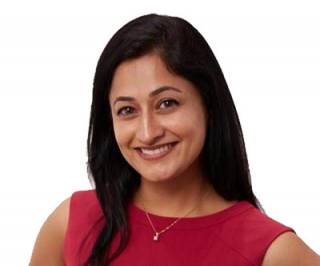
Dr Jajini Varghese, UCL

Dr Anmol Malhotra, Royal Free
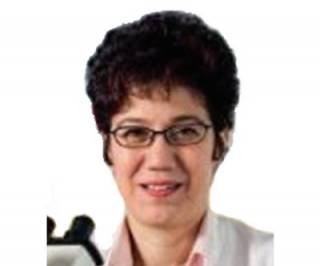
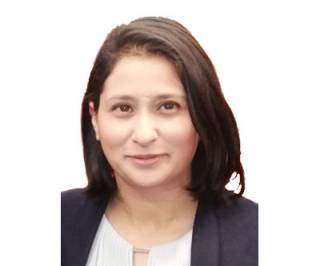
Prof. Umber Cheema, UCL


Mr Debashis Ghosh, Royal Free
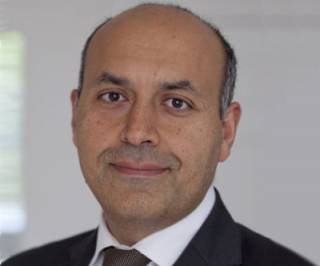
Prof. Ash Mosahebi, UCL

Prof. Jayant Vaidya, UCL

Dr Muholan Kanapathy, NIHR
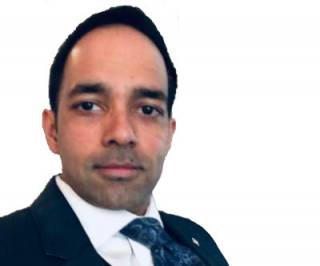
Mr Muneer Ahmed, Royal Free
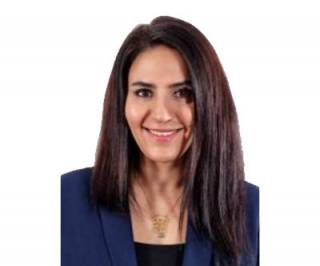
Ms Nima Naderi, Royal Free
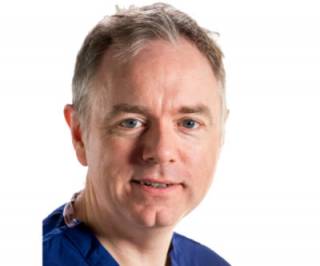
Mr Stephen Hamilton, Royal Free


Prof. Gavin Jell, UCL
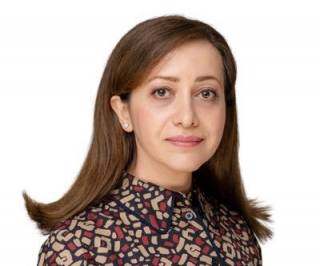
Dr Elnaz Yaghini, UCL

Dr Hazel Welch, UCL

Dr Judy King, Royal Free

Dr Amna Sheri, Royal Free

Dr Jacqueline Newby, Royal Free
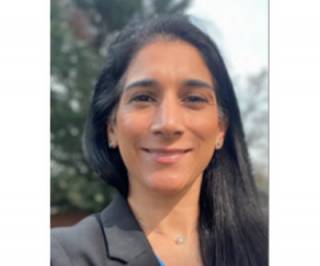
Dr Neha Chopra, Royal Free
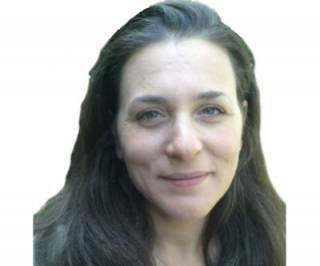
Dr Sarah Needleman, Royal Free

Dr Matthew Chiu, Royal Free

Dr Lai Cheng Yew, North Middlesex
Selected publications
- Langridge, B.J., Jasionowska, S., Khan, H., Awad, L., Turner, B.R.H., Varghese, J., & Butler, P.E.M. (2023). Achieving optimal clinical outcomes in autologous fat grafting: A systematic review of processing techniques. Journal of Plastic, Reconstructive and Aesthetic Surgery, 81, 9-25.
- Aquilina, R., Vaidya, J., & Varghese, J. (2023). Pausing NHSBSP during COVID-19 did not increase advanced cancers and may have avoided overdiagnosis. Presented at: Surgical Research Society.
- Varghese, J., Gohari, S., Regrag, F., Rizki, H., et al. (2022). Breast Density Notification: Current UK National Practice. Clinical Breast Cancer, 22 (1), E101-E107.
- Pickles, K., Hersch, J., Nickel, B., Vaidya, J., McCaffery, K., & Barratt, A. (2022). Effects of awareness of breast cancer overdiagnosis among women with screen-detected or incidentally found breast cancer: a qualitative interview study. BMJ Open, 12 (2022;12:e061211).
- Hillyar, C.R., Kanabar, S.S., Rallis, K.S. & Varghese, J.S. (2022). Complex cross-talk between EZH2 and miRNAs confers hallmark characteristics and shapes the tumor microenvironment. Epigenomics, 14 (11), 699-709.
- Kanapathy, M., Varghese, J., Naderi, N., Mosahebi, A., et al. (2022). Priority setting in breast reconstructive surgery: A DELPHI consensus. Journal of Plastic Reconstructive and Aesthetic Surgery, 75 (4), 1297-1315.
- Rizki, H. & Varghese, J.S. (2022). Surgical techniques in breast cancer: an overview. Surgery (United Kingdom), 40 (2), 121-131.
- Christenhusz, A., Pouw, J.J., Simonis, F.F.J., Douek, M., Ahmed, M., et al. (2022). Breast MRI in patients after breast conserving surgery with sentinel node procedure using a superparamagnetic tracer. Eur Radiol Exp. 2022 Jan 27;6(1):3. PMID: 35083595; PMCID: PMC8792114.
- Kolberg, H-C., Niesing, H., Vaidya, J., Akpolat-Basci, et al. (2022). Breast preservation after local recurrence of breast cancer: Comparison of length and quality of life (QoL) between breast conserving surgery with intraoperative radiotherapy (TARGIT-IORT) versus mastectomy. Journal of Clinical Oncology 2022 40:16_suppl, e12573.
- Varghese, J., Gohari, S.S., Rizki, H., et al. (2021). A systematic review and meta-analysis on the effect of neoadjuvant chemotherapy on complications following immediate breast reconstruction. Breast, 55, 55-62.
- Hillyar, C., Rallis, K.S. & Varghese, J. (2020). Advances in Epigenetic Cancer Therapeutics. Cureus, 2020 Nov 27;12(11):e11725.
- Jeon, F.H.K., Griffin, M., Almadori, A., Varghese, J., et al. (2020). Measuring Differential Volume Using the Subtraction Tool for Three-Dimensional Breast Volumetry: A Proof of Concept Study. Surg Innov, 2020 Dec;27(6):659-668.
- Jeon, F.H.K., Varghese, J., Ghosh, D., Mosahebi, A., et al. (2018). Systematic review of methodologies used to assess mastectomy flap viability. BJS Open, 2 (4), 175-184.
Related programmes
Advances in cancer treatment
Professor Jayant Vaidya explains how we're transforming the treatment of breast cancer treatment from weeks of radiotherapy to a one-off targeted therapy.
Join our meetings
The Breast Research Group holds quarterly meetings. To join the group and to attend the meetings please contact jajini.varghese@ucl.ac.uk.

 Close
Close


